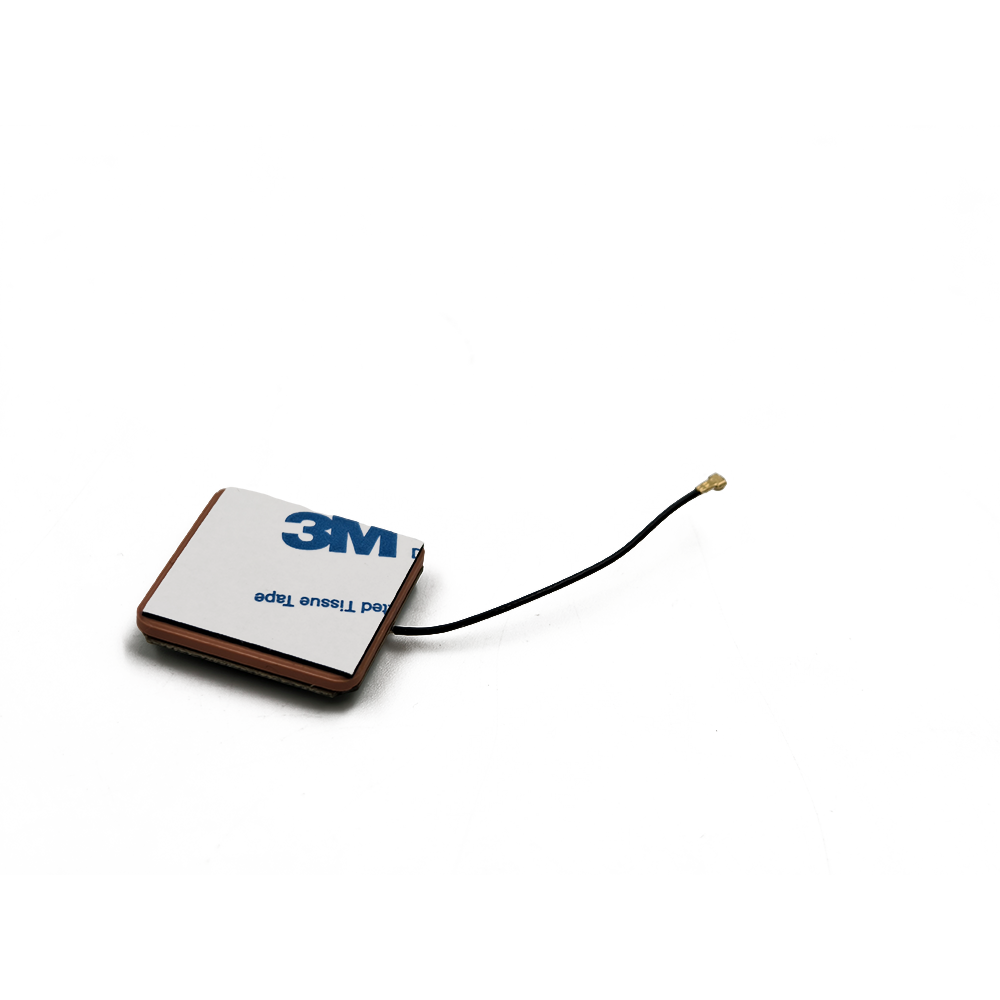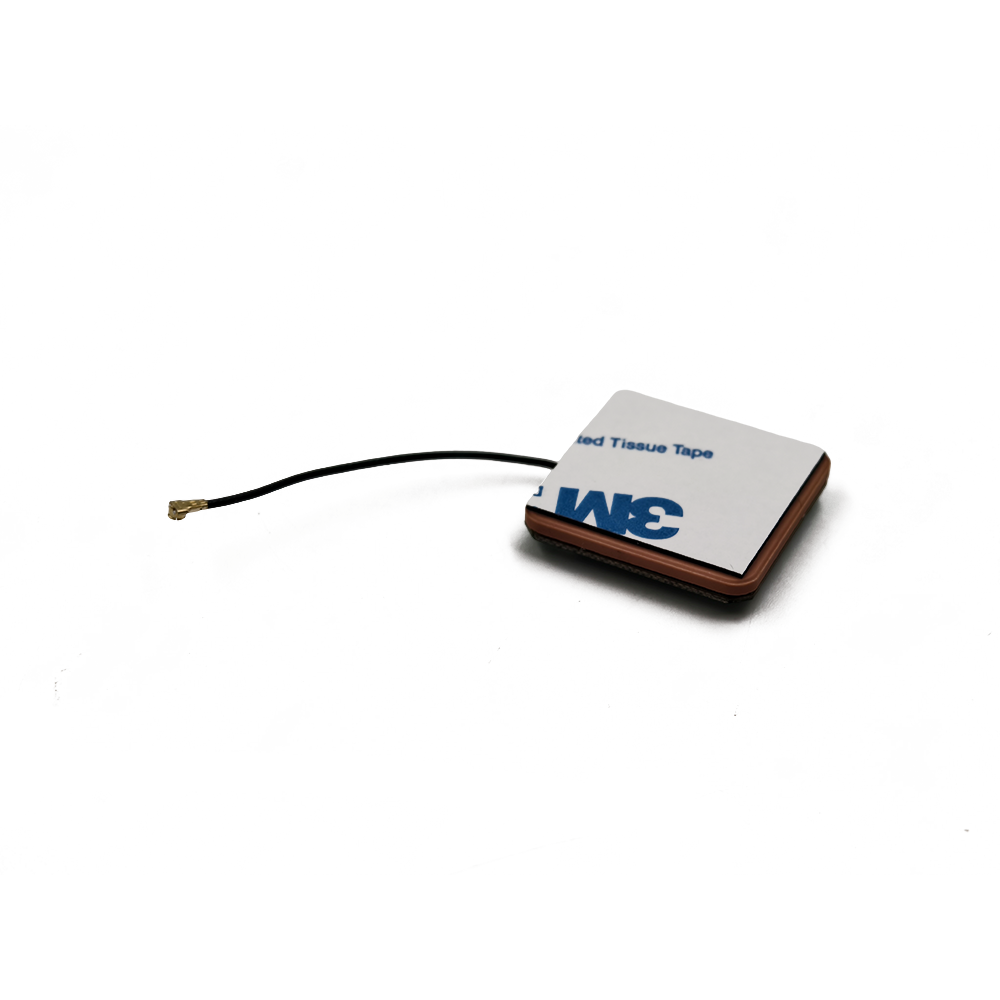Applications
Ceramic patch GPS antennas for drone navigation have a wide range of applications across various industries. In the field of aerial photography and videography, drones equipped with these antennas can precisely position themselves to capture stunning images and videos from unique perspectives. The accurate navigation allows photographers and videographers to plan their shots carefully, ensuring that the drone is in the right place at the right time to capture the desired scene. This has revolutionized the photography and videography industry, enabling the creation of high - quality content that was previously difficult or impossible to achieve.
For surveying and mapping, drones with ceramic patch GPS antennas are used to create detailed 3D maps of large areas quickly and efficiently. By flying over the survey area and collecting precise location data, along with other sensor information such as images or LiDAR data, drones can generate accurate maps for a variety of purposes, including land development, urban planning, and environmental monitoring. The use of drones in surveying reduces the time and cost associated with traditional surveying methods while providing more detailed and up - to - date information.
In the delivery industry, drones are increasingly being considered as a means of transporting small packages. Ceramic patch GPS antennas play a vital role in ensuring that these delivery drones can navigate accurately to their destinations, even in complex urban environments. By providing precise positioning, the antennas enable the drones to avoid obstacles, follow the most efficient flight paths, and deliver packages to the correct addresses with a high degree of accuracy. This has the potential to revolutionize the last - mile delivery process, making it faster, more cost - effective, and more sustainable.
Search - and - rescue operations also benefit greatly from the use of drones with ceramic patch GPS antennas. In emergency situations, drones can quickly be deployed to search large areas for missing persons. The accurate navigation provided by the antennas allows the drones to cover the search area systematically, transmitting real - time location data back to the rescue team. This helps the team to locate the missing individuals more quickly, increasing the chances of a successful rescue.
Future Trends
Looking to the future, several trends are emerging for ceramic patch GPS antennas in drone navigation. One of the key trends is the integration of multiple satellite navigation systems. As mentioned earlier, in addition to GPS, there are other GNSS such as GLONASS, Galileo, and BeiDou. Future ceramic patch antennas are likely to be designed to receive signals from multiple GNSS simultaneously, providing more accurate and reliable positioning information. This multi - GNSS capability will enhance the performance of drones in challenging environments, such as urban canyons or areas with limited satellite visibility, where relying on a single navigation system may result in inaccurate positioning.
Another trend is the development of antennas with wider bandwidths. With the evolution of GPS technology and the introduction of new frequencies, as well as the integration of other wireless communication technologies, there is a growing need for antennas that can operate over a broader range of frequencies. Wider - bandwidth antennas will not only be able to handle signals from multiple GNSS but also enable the integration of additional features such as real - time data communication, which is essential for applications like remote - controlled drones or drones used in industrial monitoring.
The miniaturization of ceramic patch GPS antennas is expected to continue. As drone technology advances, there is a constant demand for smaller, lighter, and more efficient components. Manufacturers will strive to reduce the size of these antennas even further while maintaining or improving their performance. This may involve the use of new materials, advanced manufacturing techniques, and innovative antenna designs, such as metamaterials or fractal geometries, which can achieve high performance in a smaller footprint.
There is also a growing interest in integrating ceramic patch GPS antennas with other sensor technologies on drones. For example, combining GPS with inertial measurement units (IMUs), LiDAR sensors, or computer vision systems can create more robust navigation and perception systems for drones. This integration will enable drones to have a better understanding of their environment, improving their ability to navigate autonomously, avoid obstacles, and perform complex tasks with greater precision and reliability.
Conclusion
In conclusion, ceramic patch GPS antennas have become an essential component for drone navigation, enabling UAVs to achieve accurate and reliable positioning in a wide range of applications. Their unique design and properties, such as small size, durability, high - precision performance, and cost - effectiveness, have made them the preferred choice for drone manufacturers.
However, these antennas also face several challenges, including interference from other wireless signals, limited bandwidth, vulnerability to extreme environmental conditions, and manufacturing consistency issues. Overcoming these challenges will be crucial for the continued development and improvement of ceramic patch GPS antennas for drone navigation.
Looking to the future, the applications of these antennas are expected to expand further, driven by emerging trends such as multi - GNSS integration, wider bandwidths, continued miniaturization, and integration with other sensor technologies. As the drone industry continues to grow and evolve, ceramic patch GPS antennas will play an increasingly important role in enabling drones to perform complex tasks with greater accuracy, reliability, and efficiency, opening up new possibilities for various industries and applications.




































































 Language
Language
 En
En Cn
Cn Korean
Korean

 Home >
Home > 








 18665803017 (Macro)
18665803017 (Macro)













